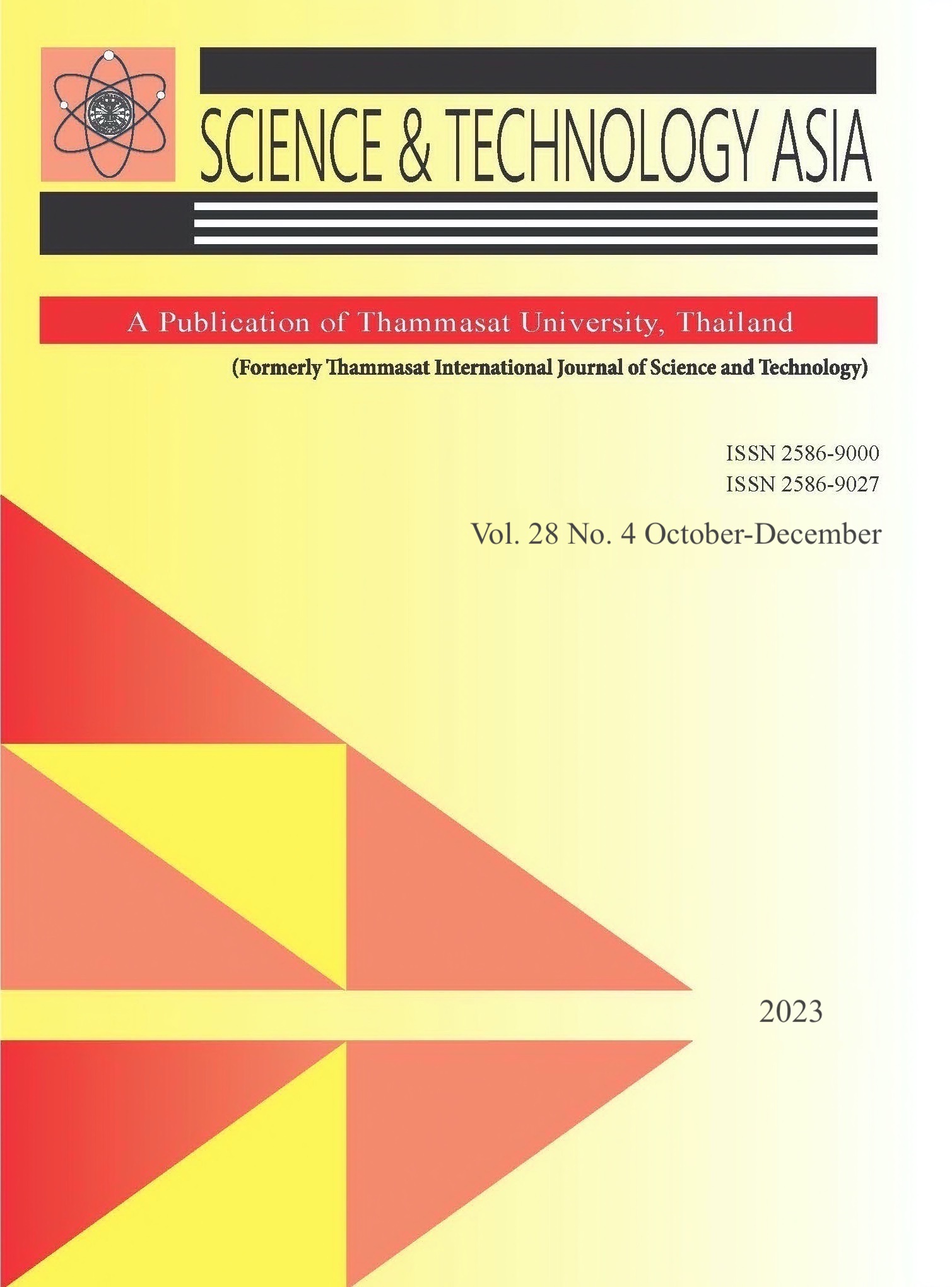Validation of a Deep Learning-Based Automated Detection Algorithm for Mobile Chest Radiographs of Patients with SARSCoV- 2 Infection in a Field Hospital
Main Article Content
Abstract
Due to the rapid spread of SARS-CoV2 infection, many hospitals had an influx patients along with more chest radiographs requiring interpretation. The deep learning- based automatic detection ( DLAD) algorithm was applied to help physicians and radiologists in reading this overwhelming number of chest radiographs. The aim of this study was to validate the diagnostic performance in COVID- 19 pneumonia detection of the DLAD for mobile chest radiographs in patients with SARS- CoV- 2 infection. Chest radiographs of patients with RT-PCR confirmed SARS-CoV- 2 infection were included. The diagnostic performance of DLAD in the detection of COVID- 19 pneumonia with mobile chest radiographs was evaluated in comparison to the prior interpretation by the radiologist. The sensitivity and specificity of DLAD in identification of pneumonia were 27.6% (95%CI 22.3%-33.4%) and 99.8% (95%CI 98.6%-100%) respectively. PPV and NPV were 98.7% (95%CI 92.8%-100%) and 67.4% (95%CI 63.5%-71.2%) respectively, with an AUC of 0.64 (95%CI 0.61-0.66). The duration from the onset of symptoms to the time of chest radiography was a significant predictor of pneumonia (P=0.013) whereas sex, age, BMI, and symptoms were not. DLAD is a tool with excellent specificity and PPV for COVID-19 pneumonia detection but has low sensitivity and AUC.
Article Details

This work is licensed under a Creative Commons Attribution-NonCommercial-NoDerivatives 4.0 International License.
References
Speets AM, van der Graaf Y, Hoes AW, Kalmijn S, Sachs AP, Rutten MJ, Gratama JW, Montauban van Swijndregt AD, Mali WP. Chest radiography in general practice: indications, diagnostic yield and consequences for patient management. Br J Gen Pract, 2006;56:574-8.
Geoffrey DR, Christopher JR, Linda BH, Nicola S, Jeffrey PK, Suhail R, Neil WS, Annalisa V, Jae-Joon Y, Ian BK, Martin, Deverick JA, Christina K, Talissa A, Andrew B, Sujal RD, onathan G, Jin MG, Marc H, Yoshikazu I, Hans-Ulrich K, Fengming L, Peter JM, Mathias P, Martine RJ, Luca R, Cornelia MS-P, Noriyuki T, Athol UW, Ann NL. The Role of Chest Imaging in Patient Management during the COVID-19 Pandemic: A Multinational Consensus Statement from the Fleischner Society. Radiology, 2020;296:172-80.
Eui JH, Sunggyun P, Kwang-Nam J, Jung IK, So YC, Jong Hyuk L, Jin MG, Jaehong A, Jae-Joon Y, Julien GC, Gilbert RF, Chang MP. Development and Validation of a Deep Learning–Based Automated Detection Algorithm for Major Thoracic Diseases on Chest Radiographs. JAMA Netw Open, 2019;2(3):e191095.
Hwang EJ, Kim H, Yoon SH, Goo JM, Park CM. Implementation of a Deep Learning- Based Computer-Aided Detection System for the Interpretation of Chest Radiographs in Patients Suspected for COVID-19. Korean J Radiol, 2020;21:1150-60.
Inui S, Fujikawa A, Jitsu M, Kunishima N, Watanabe S, Suzuki Y, Umeda S, Uwabe Y. Chest CT Findings in Cases from the Cruise Ship Diamond Princess with Coronavirus Disease (COVID-19). Radiol Cardiothorac Imaging, 2020;17;2(2):e200110.
Jang SB, Lee SH, Lee DE, Park SY, Kim JK, Cho JW, Cho J, Kim KB, Park B, Park J, Lim JK. Deep-learning algorithms for the interpretation of chest radiographs to aid in the triage of COVID-19 patients: A multicenter retrospective study. PLOS ONE, 2020;15(11):e0242759.
Wang L, Zhang Y, Wang D, Tong X, Liu T, Zhang S, Huang J, Zhang L, Chen L, Fan H, Clarke M. Artificial Intelligence for COVID-19: A Systematic Review. Front Med (Lausanne), 2021;30;8:704256.
Lee HW, Yoon SY, Lee JK, Park TY, Kim DK, Chung HS, Heo EY. Clinical implication and risk factor of pneumonia development in mild coronavirus disease 2019 patients. Korean J Intern Med, 2021;36:1-10.


